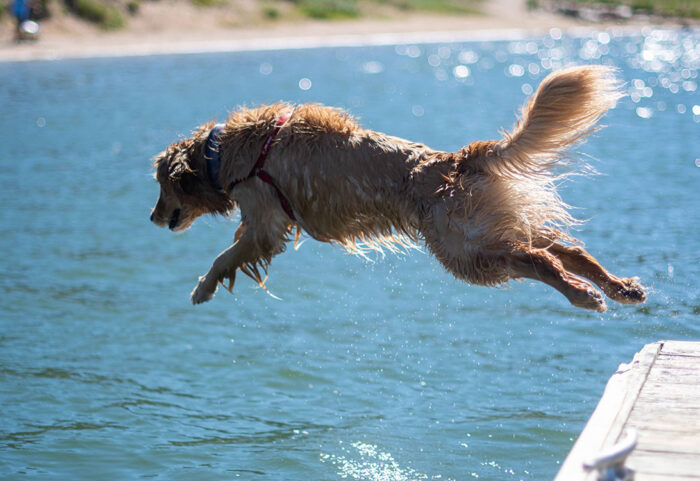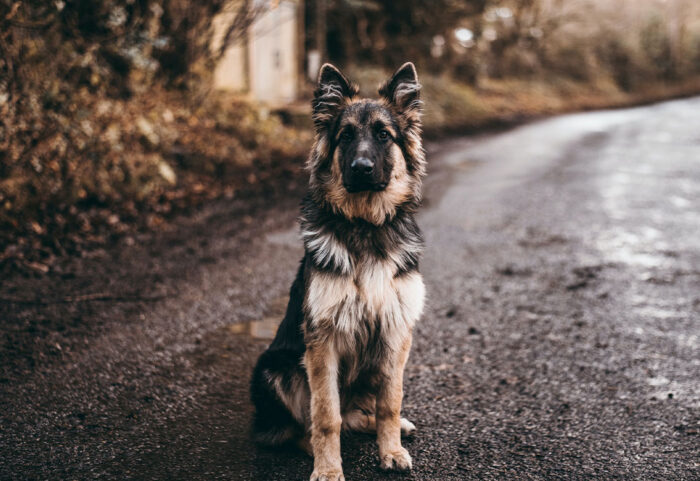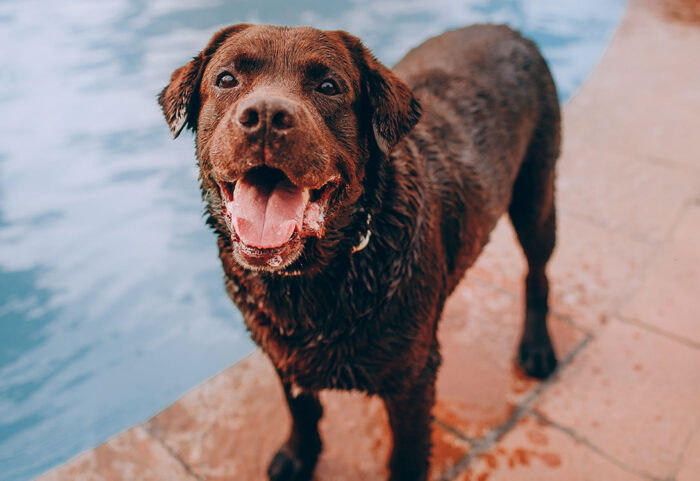First 2 Hours: I Was in a Car Accident With My Dog
Vehicles present an inherent risk to dogs and people alike. Thousands of pets are killed in the some 6,000,000 automobile accidents that happen in the U.S. every year, many of whom could have been saved by being properly restrained. AAA estimates that unrestrained dogs are a contributing factor to tens of thousands of car accidents annually. Not only do unrestrained dogs pose a risk to occupants, they pose a risk to themselves. Loose dogs can interfere with operation of pedals, effectiveness of airbags, and also become incredibly forceful projectiles in the event of an accident. Dogs hanging their heads out the window are especially likely to be struck by an object or to come in contact with bacteria! All that to say, properly restraining your dog can be the difference between life or death for both of you. Restrained or not, if you’ve been in a car accident with your dog, here’s what to do.
0-5 minutes in: Remember Priorities
When you’ve been in an accident, your first priority is always to yourself. Consider the oxygen mask warning on an airplane: You can’t help others if you’re passed out, so you should always put the mask on yourself first before assisting anyone else…even children. You can’t help your dog if you’re hurt! You could be doing both of you more harm than good. As soon as the crash happens, check to make sure you and any other human occupants of the vehicle(s) aren’t badly injured. If you’re safe enough to move around, look for your dog. Dogs are highly likely to run away after an accident in an attempt to escape the dangerous situation they perceive themselves to be in. Restraining your dog now becomes the first priority for her own safety. Once your dog is restrained, it’s critical to move her and yourself to safety if you’re still in the road or any other precarious position. You should quickly assess whether it appears your dog has suffered any spinal injuries. (The most obvious signs are an inability to move or lameness in any of her legs.) Unless your dog appears to have spinal injuries, pick her up or lead her on a leash to the safest location possible. If your current spot is truly unsafe, it may be worth the risk to pick up a dog that appears to have spinal injuries to move her to a safer location.
5-30 minutes in: Assess and Wait
Find out for sure whether anyone has already called 911; if they haven’t, do so yourself. If you suspect both you and your dog will need medical treatment, call anyone you know who might be able to take your pet to a clinic for treatment as quickly as possible. If that won’t work, call emergency clinics nearby and explain your situation – some might be kind enough to send a vet to the scene to ensure your pet receives proper treatment. If you’re uninjured but your dog is injured, you’ll still need to wait for the authorities to arrive. This is one reason it’s a good idea to keep a pet first aid kit in your vehicle. Certain issues are more urgent than others after a car accident. If your dog:
- Is in Shock: Position her on her side with her tongue extended to keep her airway open. Cover her with something to keep her warm and check for missed signs of bleeding while you wait for first responders to arrive. Signs of shock include pale gums, faint heartbeat, rapid breathing, and extreme weakness.
- Is Bleeding Profusely: Create a makeshift tourniquet if necessary out of a belt, shoelace, or strip of fabric. If less serious, use gauze or other soft material to press against the wound and stem the bleeding as best you can.
- Might Have a Broken Bone: Do your best to stabilize the potential break with a magazine or other rigid surface. Try and keep your dog from moving by petting and soothing her.
- Has Glass in Her Skin: It’s best not to remove glass or other shrapnel from your dog’s skin; let a professional do this in case the object has penetrated a vein or artery.
30 minutes – 2 Hours in: Treatment
If you’ve been injured, allow whatever treatment the professionals on-scene say is necessary, even if that means leaving your pet. Know that EMTs, police, and first responders are trained specifically on keeping companion animals safe and accounted for in situations just like this; your dog will be well taken care of – and possibly treated – at the same time you are. If your dog clearly needs treatment but you don’t, take her to the closest veterinary clinic as soon as possible after you’ve dealt with the authorities, even if that means taking an Uber or cab if your car’s not driveable. If your car is driveable and you’ve been cleared to drive, take your dog to a clinic yourself. It’s always a smart idea to have your dog evaluated by a vet after an accident, even if she’s showing no obvious signs of injuries! If you choose not to, keep a very close eye on her over the next 24 hours to watch for signs of pain or unusual behavior such as lethargy or an unwillingness to eat or drink, which could be signs of internal injuries.


